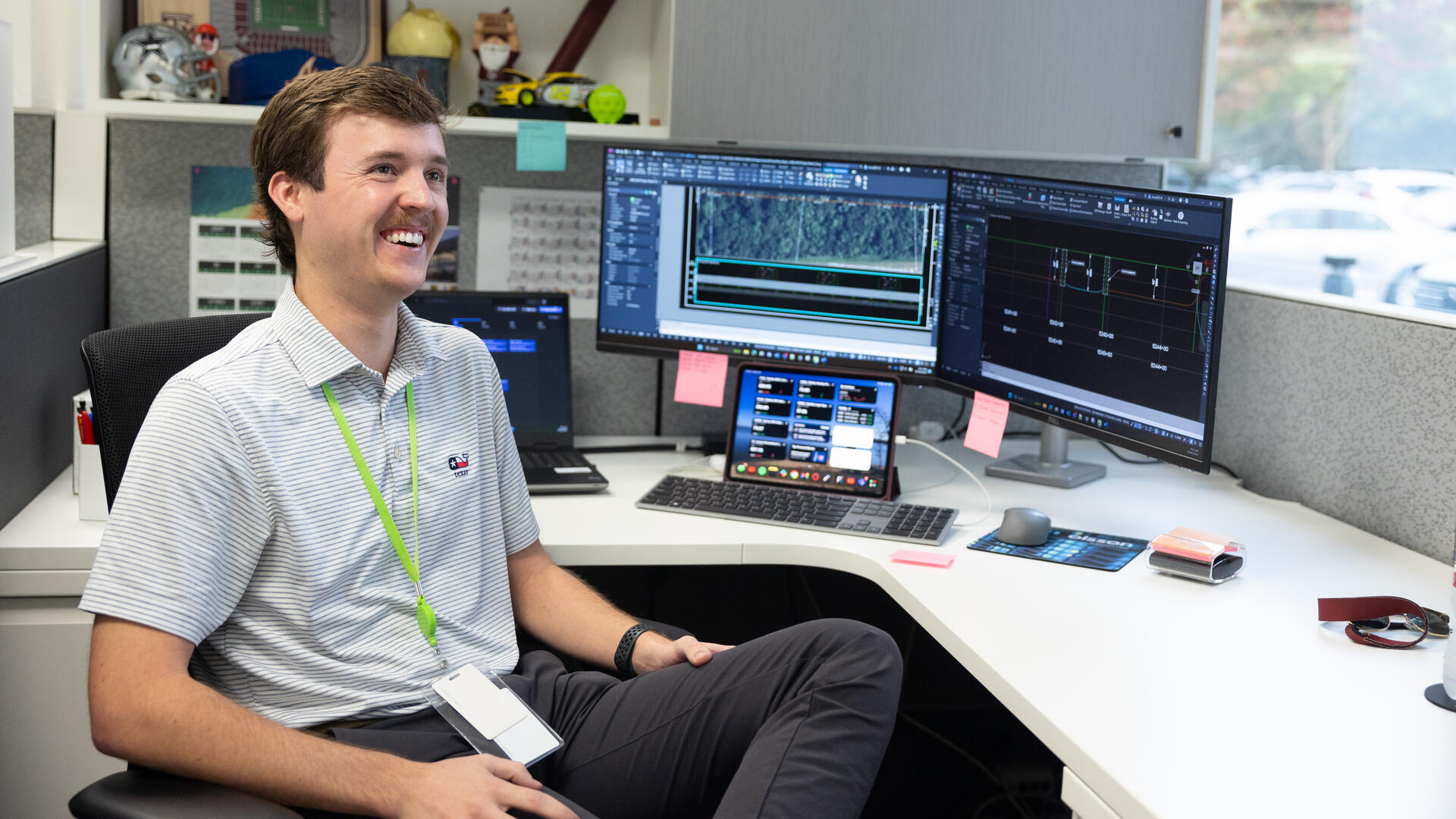Alisa Halpin helps Olsson clients with environmental permitting needs as an associate scientist with our Natural Resources and Planning team. She also holds a U.S. Fish and Wildlife Service Recovery Permit, which allows her to work with certain threatened and endangered species.
During the field season, Alisa spends a lot of time outside monitoring wildlife. We wanted to know more about her work and what she would recommend to others interested in a similar career.
Q. Describe your day-to-day as a scientist at Olsson. What do you most enjoy about your job?
My days are filled with field work, permitting, report writing, and working with a wide variety of people. What I enjoy most is the mix of field and office work, and the opportunity to apply field data to the permitting process. I am always learning, which I like. And of course, my coworkers are the best!
Q. What is your educational background and prior professional experience?
I received my degree in fisheries and wildlife with a focus on conservation biology and wildlife ecology and management from the University of Nebraska. Before joining Olsson, I worked for two years completing avian surveys for renewable energy projects in Nebraska and Missouri. I also spent two summers with the Tern and Plover Conservation Partnership (TPCP), working with the state and federally listed piping plover and the state listed interior least tern. The TPCP works to conserve both bird species, which rely on sandy shoreline habitat for nesting and rearing their young.
Q. It must be fascinating to handle birds, bats, turtles, snakes, fish, frogs, and toads, but what is field work really like?
Field season is the highlight of the year for most of us. When you love the outdoors, it doesn’t really seem like work. It can be exhausting when you are on the go week after week, but we get to do some pretty cool things with many species of wildlife. We get to travel to remote places, experience different parts of the country, and tromp through muddy, swampy wetlands and shallow streams. Field work can be tedious, but we have fun and make the most of it. I don’t think we would want it any other way.
Q. What is the most unexpected thing that ever happened in the field?
I can't pinpoint one thing that has really surprised me, but we do see a lot of wildlife while out in the middle of nowhere. I’ve come across wild hogs, cottonmouth snakes, lizards, wild turkeys, bald eagles, bobcats, raccoons, skunks, and even zebras (they do things differently in Texas). Sometimes we see abandoned farmsteads and really cool rail bridges.
Q. Any advice for students who might want to pursue a career in environmental biology?
If you are truly passionate about wildlife and the environment, go for it. Be willing to work hard, take temporary jobs, make connections, and jump on opportunities as they arise. Keep an open mind and accept any experience you can get. Your patience and persistence will eventually pay off.

































.avif)





































.avif)

























